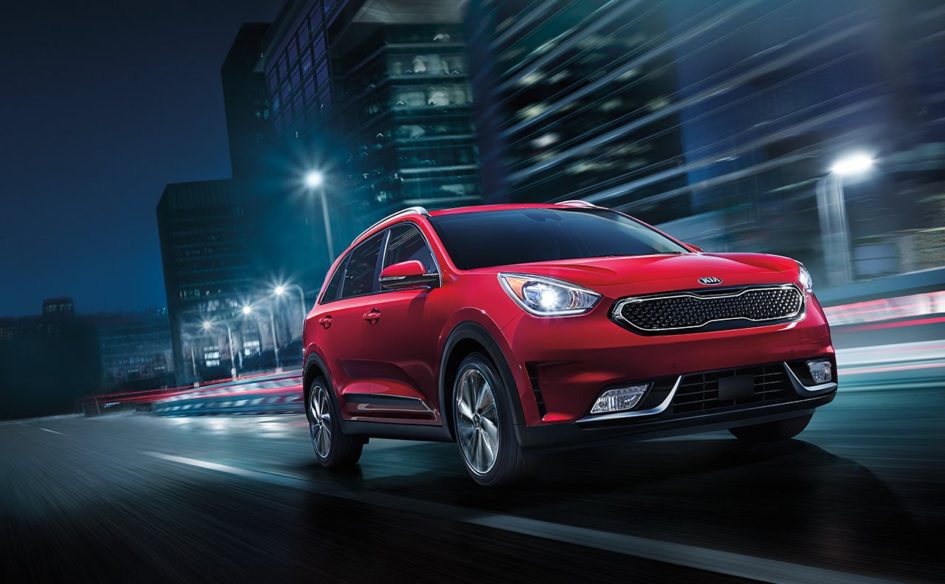Earlier this year, we told you how the 2017 Kia Niro stands apart from other hybrid crossover SUVs. The heart of the Niro is its Parallel Hybrid System, which combines the power of a hybrid-optimized engine with an electric motor for reliable performance and outstanding fuel efficiency.
In this blog, you will learn all about this hybrid system and how it works.
Not All Hybrid Systems Are the Same
The Kia Niro uses what is called a Parallel Hybrid System. This means it has a conventional internal combustion engine and an electric motor that can each individually drive the vehicle, or combine for greater efficiency.
Some hybrid vehicles are built using a Series Hybrid System. This system uses an electric motor to drive the wheels, and a gas engine to act as an on-board generator to provide that power.
A Full Hybrid System combines both of the above systems and allows the vehicle to run in Parallel, Series, or All-Electric modes.
The majority of hybrid vehicles use the Parallel system, and the Niro builds upon it. An array of features make it even more fuel efficient, changing the rules of what a hybrid can do. Instead of the CVT transmission found on many of its competitors, the Niro is outfitted with a 6-speed dual-clutch automatic that smoothly shifts gears. The resulting ride is crisp and exciting and feels less like a hybrid and more like a conventional crossover.
Kinetic energy is another feature that sets the Niro apart. The battery is recharged every time you brake, once again helping it enjoy an excellent fuel economy, getting an EPA-estimated 52 MPG in the city and 49 on the highway.
Still confused exactly how the Kia Niro drives? Come into Jack Daniels Kia in Fair Lawn, New Jersey, for a test drive. We will be happy to answer any questions you still have.

